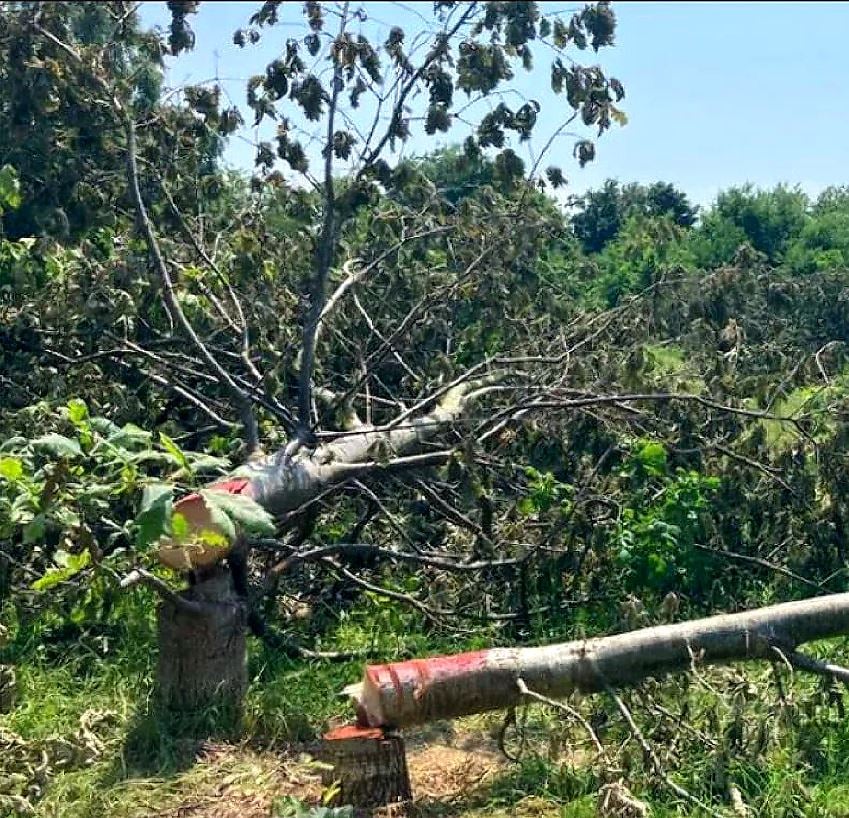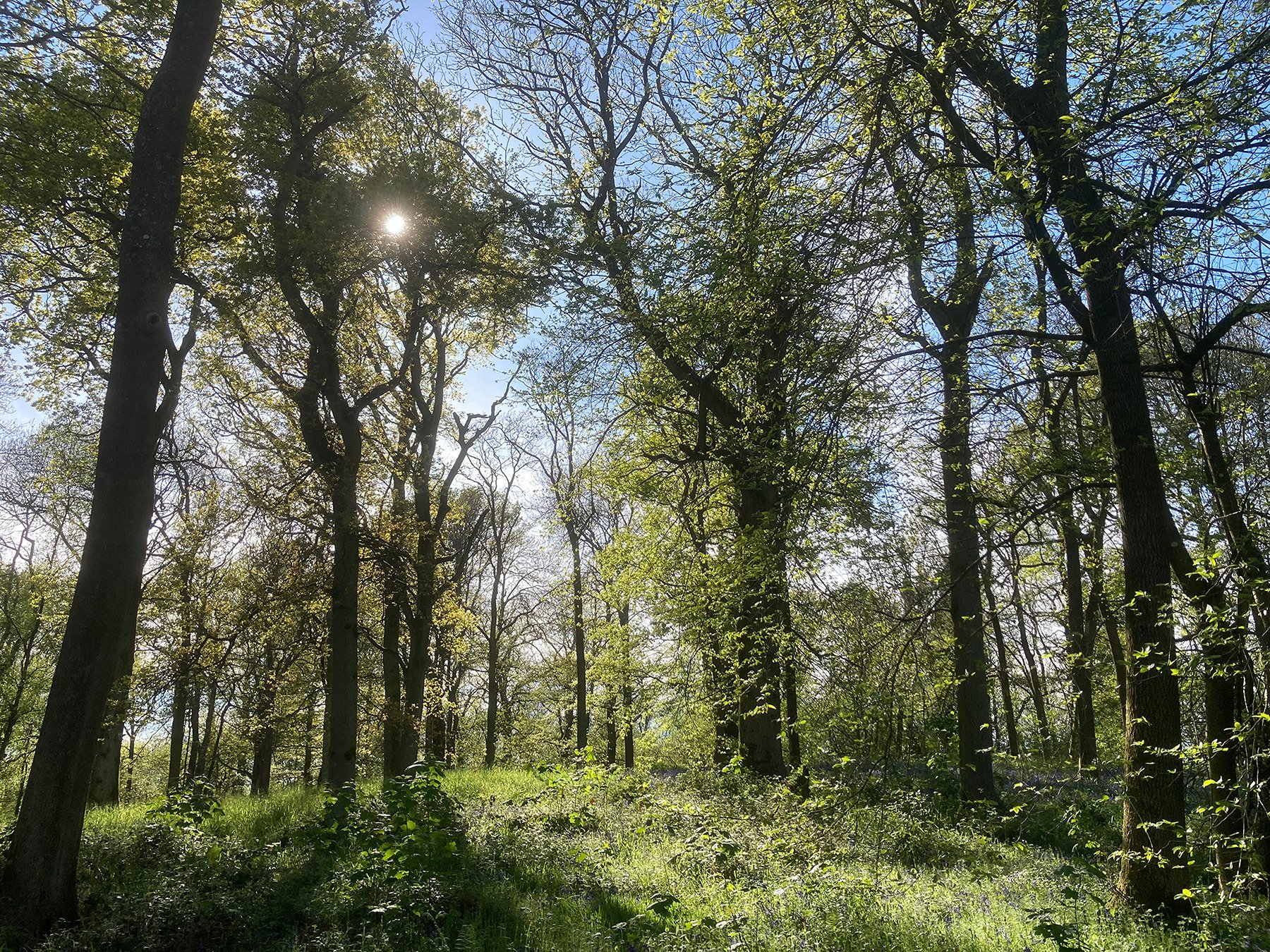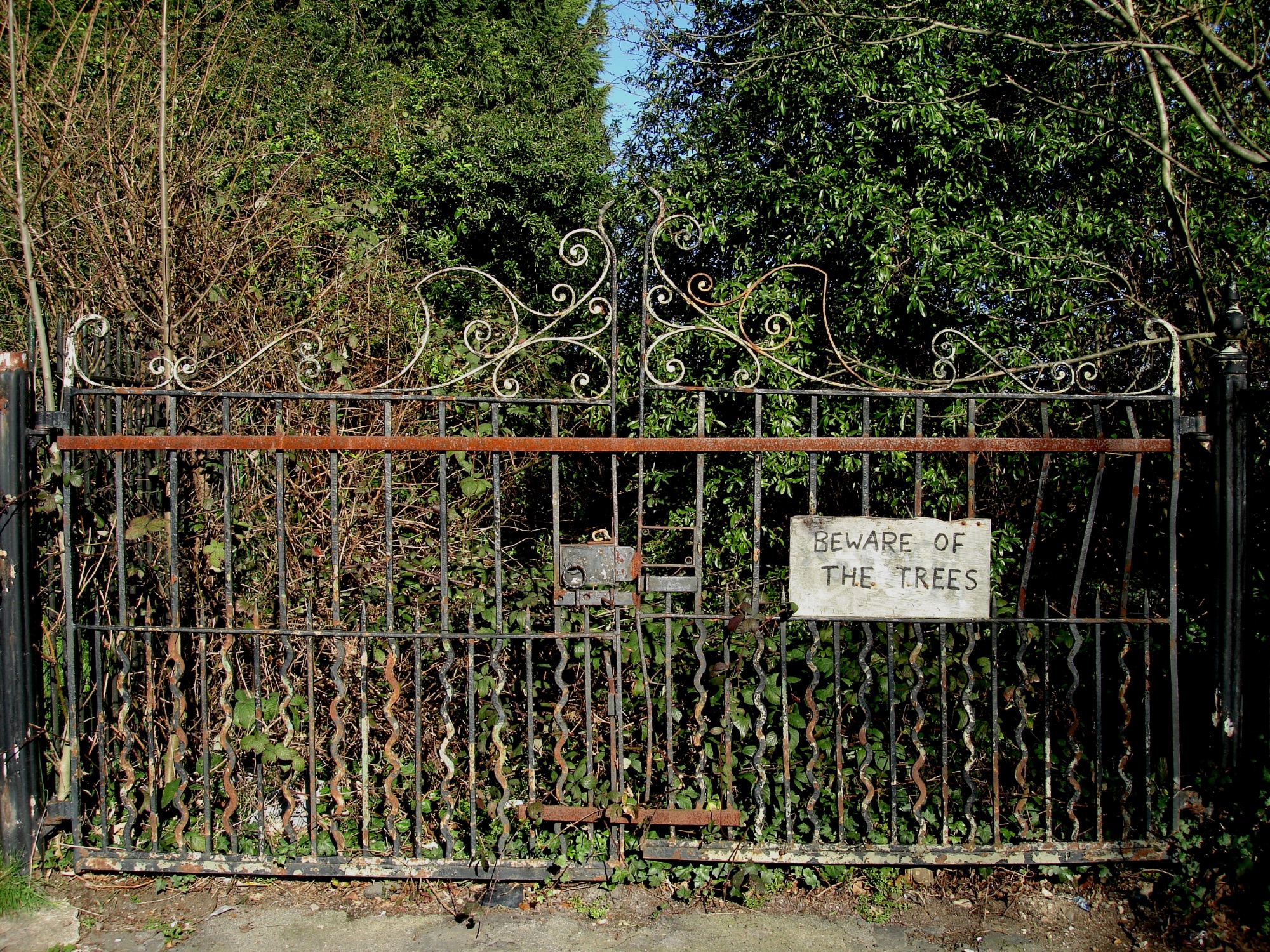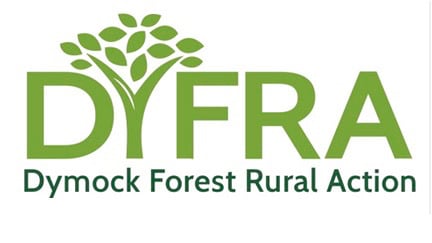Welcome to the
Herefordshire
Tree Forum
Championing Trees and the Green Environment in Herefordshire and beyond
The menu links (above and below) will take you to a wealth of information about trees, their place in the natural environment, how to look after them (and indeed when they are best left to their own devices!), how they fit in to the legal and planning systems and how the problems they sometimes cause can be sensibly managed. On this page you will find news from the tree world and information about upcoming events involving trees and the green environment.
For more information about the the Herefordshire Tree Forum and other organisations see the CONTACTS page; if you have news or queries, contact us HERE
Click on the green subject-titles below for more information;
Scroll down for UPCOMING EVENTS & TREE NEWS.
Choosing Tomorrow Trees Today
The joys and challenges of tree planting lists...

Jon Stokes of the Tree Council writes...
This year, we celebrate the 50th National Tree Week. Through my work at The Tree Council, I am lucky enough to have been part of 36 of them. That’s a long time professionally, and in human terms, but in the lives of many of the trees I have planted, it’s really only the beginning.
In the right conditions, an oak tree can live for a thousand years. Humans may make a century with good health, so perhaps one human year equates to ten oak tree years. This means the first oak trees I planted - 36 years ago - are now equivalent to a three-year-old human, and still at the very beginning of their journey. The question is, what will life throw at them over the next 50 years? And, secondly, how do we ensure the trees we plant this year survive? – especially with the changes to our weather and climate that are predicted.
NEWS....
To see the latest planning applications for work on TPO & Conservation Area Trees:
"Recognising Ancient & Veteran Trees" - Woodland Trust guidance available here:
Does your Parish Council have a Biodiversity Action Plan yet?
Parish Councils have a duty to consider biodiversity in their decision-making and a Parish Biodiversity Action Plan (BAP) can help demonstrate that they are fulfilling this duty. Some helpful guidance for drawing up a Parish BAP with accompanying notes can be accessed by clicking on the button below.
Observatree volunteers form a UK network of over 200 citizen scientists.
They undertake a range of surveys to assist with spotting new tree pests or diseases and monitoring the spread of existing ones.
Click on the image below to find out more
Upcoming Events
If you have tree news or event announcements, please get in touch
Monthly
Willow Scupture Workshop at Westonbirt - 27 Sep, 10 Oct, 25 Oct, 15 Nov, 13 Dec
Feb 24
Ancient trees and their influence on the Picturesque in the Welsh Marches
Tree News from the County & beyond
If you have tree news or event announcements, please get in touch HERE
News about Dymock Forest Rural Action's activities over what has been the most climate-impacted period of their 20 years of Biodiversity Restoration Campaigns
Harvesting : 2025: Best British Oak timber-auction November
Seed Collection: To create 2028's nursery saplings
Logs Logs Logs: Buy now for Christmas and support our Wild Daffodil volunteer projects
Pollution in the River Wye linked to tree felling in the Amazon rainforest
A new report, published in advance of COP30 climate talks, shows how tree-felling in the Amazon rainforest is partly to blame for pollution that is plaguing UK rivers such as the Wye. It points out that the soy which is imported from vast plantations overseas to be used as livestock feed in the production of cheap food in the UK, is a "hidden link" to the poor state of many waterways, including the Wye.
The report, from the environment groups Size of Wales and WWF Cymru, states that the imported soy-based feedstuffs are high in phosphorus, which becomes a pollutant when the resulting animal manure is spread on land runs off into rivers and call for action to stop the import of commodities linked to deforestation.
Hot summer and damp autumn cause UK boom in honey fungus
Reports of Honey Fungus, a mushroom that grows in clusters and can attack and kill trees, have increased by 200% in the UK in a year because of the hot summer and damp autumn.
Armillaria, or honey fungus, is not a single species but a group of closely related ones, not all of which are destructive. “As their name suggests, they are a honey-brown colour, often with greenish tinges when young,” said David Gibbs, a field mycologist.
A report on this upsurge of sightings can be read HERE
General information on the fungus can be found on THIS PAGE
New research investigates role of natural processes to create woodland
Forest Research has published one of the most comprehensive reviews to date on using natural processes such as natural colonisation as an alternative to tree planting for woodland creation.
Findings show that these methods can expand tree cover, support biodiversity, and create resilient woodlands, though uptake among land managers remains limited due to uncertainty and practical challenges.
Researchers highlight the benefits of hybrid approaches that combine natural processes with planting, alongside the need for better guidance and support.
More news for the Forestry Commission
New factsheet explores increased numbers of bark boring insects in esponse to climate change
Survey shows the public ppreciates the value of Dead & Dying trees in the landscape:
Expanding tree cover on farms: what matters to farmers? A Guide for Advisors.
More carbon storage news:
Fig Trees that lock up carbon as stone
New research by a team of Kenyan, U.S., Austrian, and Swiss scientists has found that the trees could draw carbon dioxide from the atmosphere and store it as calcium carbonate in their trunks—essentially turning themselves (partially) into stone. Dr Mike Rowley says that although the chemical pathway has been knwon for some time, its potential for sequestering carbon hasn’t been fully considered. If we’re planting trees for agroforestry and their ability to store CO2 as organic carbon while producing food, we could choose trees that provide an additional benefit by sequestering inorganic carbon also, in the form of calcium carbonate.”.
Wildlife declining in UK woods despite more tree cover, major new report reveals
The State of the UK’s Woods and Trees 2025 report, published by the Woodland Trust has revealed that the quantity and variety of woodland wildlife is plummeting, despite a marginal rise in tree cover. The Trust says this is due to the deteriorating ecological condition within UK woodlands.
Expanding on the groundbreaking first State of the UK’s Woods and Trees report in 2021 which showed that only 7% of Britain’s native woodland was in good condition, the new report warns that these vital ecosystems are less effective as habitats for wildlife because they lack complexity, such as having enough trees of differing ages, states and sizes.
With forests under pressure from drought, heat, disease and deer, a study has found fewer trees across a range of species are surviving to maturity.
In some UK woodlands, every young tree has died. What’s going wrong?
In 2022, Ladvocat, Mailes and their research team from Birmingham University were out sampling when they noticed that the small trees that typically cover the woodland floor were increasingly hard to find. From Buckholt Wood in Monmouthshire to Glen Tanar in the Cairngorms, new research from eight ancient woodlands across the UK reveals a deeply troubling pattern: these forests are struggling to regenerate.
Protected trees are being felled as a "cheap and easy option" in subsidence claims, an arboricultural group has said.
The London Tree Officers Association (LTOA) said trees were being felled across the country because councils were afraid of being liable for expensive property repairs.
Councils in England have given permission to fell more than 1,000 trees which previously had Tree Preservation Orders (TPOs).
A Ministry of Housing, Communities and Local Government Spokesperson said applications to address tree-related subsidence damage must be supported by appropriate information, with other factors eliminated as far as possible.
The BBC analysed 143 Freedom of Information request responses from councils in England. Of those, 10 directly provided figures for the financial years between 2019 and 2024, showing permission was granted to fell 1,403 previously protected trees.
An ancient Black Poplar gets a life-saving trim
An ancient poplar tree surviving in S. Herefordshire, decayed and at some risk of breaking apart has, over the past ten years, been managed to progressivly prune back the crown to create a more compact tree which will hopefully be able to survive for many more decades. More information is available HERE.
Click on the image on the right to view a short video of the most recent pruning operation as recorded by local film-maker David Bishop.
Recognising & Categorising Ancient & othe Veteran Trees
The Woodland Trust has now has revised guidance providing a transparent and reproducible method to recognise and categorise ancient and veteran trees. It includes a one-page categorisation key to highlight their distinguishing characteristics, alongside more comprehensive guidance to support anyone to recognise and categorise these special trees.
Over time, different definitions of ancient and veteran trees have caused confusion in categorising them. This guidance seeks to clarify these terms, helping practitioners, volunteers, developers, planning authorities and nature enthusiasts to correctly categorise these living legends.

Can the Old Oak of Ross be saved?
Herefordshire is home to more ancient oaks than most counties, more indeed than can be found throughout many other European countries, and the Old Oak of Ross is one of that number. It has survived for perhaps 900 years but over the past ten years or so its condition has declined. The image on the right, taken May 2025, shows the Old Oak to the right of a much larger tree which, however, only dates from the 1920s. it can be seen that the section on the right appears to be dead although the left-hand part of the crown still bears green foliage. The reasons for the relatively sudden decline of the tree are uncertain but may be the result of the inundation by polluted water from the river Wye or perhaps as a result of historical agricultural practices. It can be seen that an agricultural exclusion zone has now been established around both the Old Oak and its younger neighbour.
Benhall Farm, within which the tree is situated, is tenanted, being part of the 13,000 acres that forms the Duchy of Cornwall's Herefordshire Estate. The duchy has been approached with the aim of initiating a programme of research to determine the cause of the decline and to put work in hand to improve the tree's growing conditions with the aim of halting and perhaps reversing the tree's deterioration. A grant application to fund these works has been presented under the 'Farming in Protected Landscapes' (FiPL) scheme. The initial response from the Duchy indicates that it is
"... not in a position to accommodate this [project] at this time".
No further details have been forthcoming.
CONTACT US
Herefordshire Tree Forum: [email protected]
Herefordshire Tree Warden Network: [email protected]
Herefordshire Ancient Tree Forum: [email protected]

















